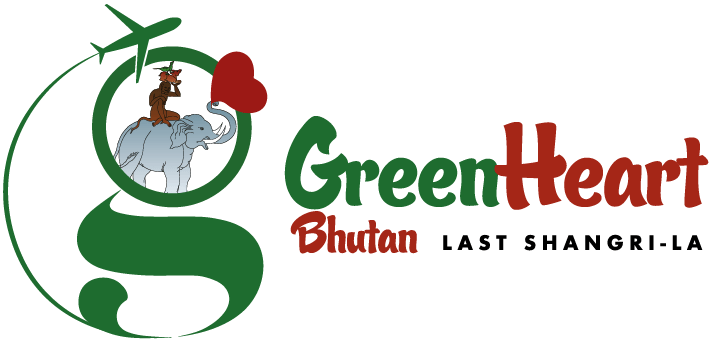Punakha Drupchen is held annually in the early week of march the festival showcases the battle scene between Bhutanese warriors and the Tibetan invaders. Zhabdrung Ngawang Namgyal, the founder of Bhutanese state, tricked Tibetan invaders in believing that he had thrown Bhutan’s most sacred relic, Rangjung Kharsapani into the river. Rangjung Kharsapani emerged from the spinal bone of great Tibetan Buddhist saint Tshangpa Gyarey during his cremation.
Zhabdrung brought to Bhutan when he fled Tibet in 1616 after a conflict over the throne to estate of Ralung in Tibet. Disappointed at what they thought was a silly act, the Tibetan forces withdrew. During this festival, Je Khenpo, the religious head of the country throws oranges representing Rangjung Kharsapani into the river where many brave viewers jump into the icy cold river to grab those blessed oranges.
Program
Discover all the details of the tour and live a unique experience during your trip to Bhutan.
Included
About our company’s services:
Excluded
- Flight tickets
- Health insurance
- Bank transfer
- Tips for guide and driver
- Bar/Beverage
- Laundry
Festivals
Discover more fantastic travel packages available from Green Heart Bhutan.






